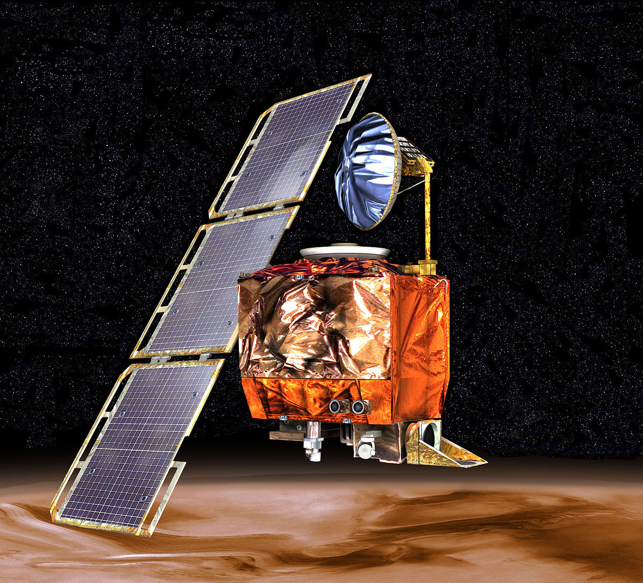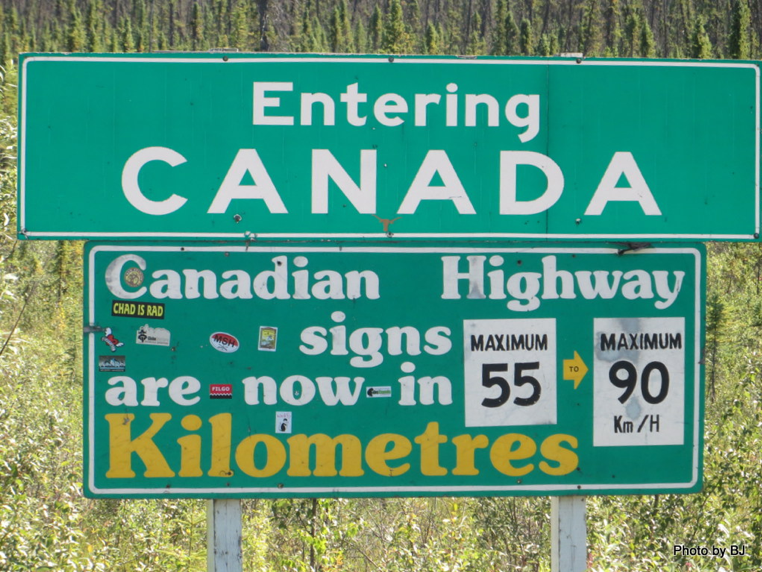When the International Union of Pure and Applied Chemistry (IUPAC) was founded in 1919, international science was in its infancy. Modern instantaneous communications as we know them had not been born but a number of scientists foresaw the need for an international organisation with a focus on chemical sciences to serve as a catalyst to promote standards and to facilitate clear unambiguous communications throughout the world in the rapidly growing discipline. In the year 2019 of the 100th anniversary of IUPAC, the early founders of the organisation could not have foreseen the explosion of knowledge, the extent of scientific and technological advances. Communication networks now span the world to provide instantaneous links virtually everywhere. This dramatic development has enormous benefits as well as some challenges. Fortunately the founders of IUPAC 100 years ago did understand the serious ramifications of not having clear unambiguous communication in science and engineering.
IUPAC is the world authority on chemical nomenclature and terminology, including the naming of new elements in the periodic table [1]; on standardized methods for measurement; on relative atomic masses (“atomic weights”), and many other critically-evaluated data within the broad spectrum that embraces the chemical sciences.
IUPAC is also involved in the revision of the new SI (International System of Units) (see IUPAC project 2013-048-1-100) which has consequences for the chemical community via the redefinition of the Avogadro constant. A new definition of the mole was recently published in IUPAC journal Pure and Applied Chemistry, January 2018 issue, page 175.







